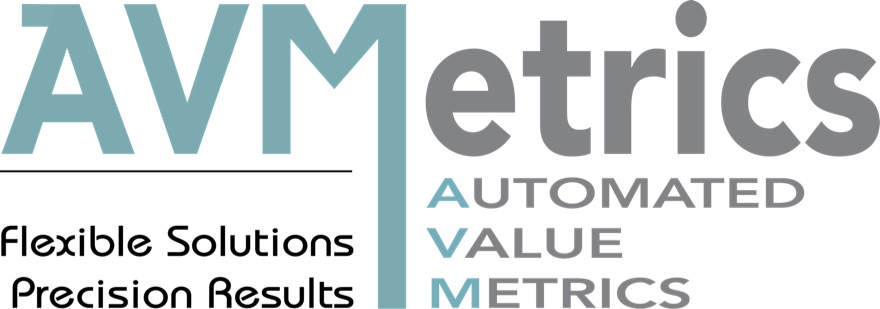In the spirit of continuous improvement, we appreciate your feedback: Mail@avmetrics.net
Sources:
a) AVMetrics
b) AVMs 201: A Practical Guide to the Implementation of Automated Valuation Models, Jim Kirchmeyer, 2008.
c) IAAO 2015, Glossary for Property Appraisal and Assessment, 2015. (2013 online: https://www.iaao.org/media/Pubs/IAAO_GLOSSARY.pdf )
d) Collateral Assessment & Technologies Committee, Summary of Definitions & Terms, 2006.
e) Joint Industry Task Force on AVMs, IAAO Standard on AVM Glossary, September 2003. https://www.iaao.org/media/standards/AVM_STANDARD.pdf
f) Appraisal Institute, Joint Industry Task Force on Automated Valuation Models, Work Group Terminology, 2005.
g) Merriam-Webster (https://www.merriam-webster.com/)
